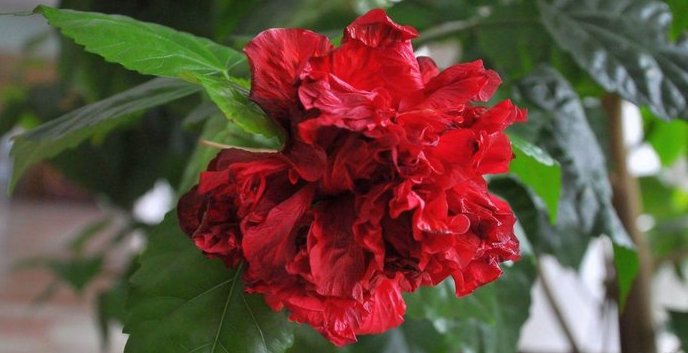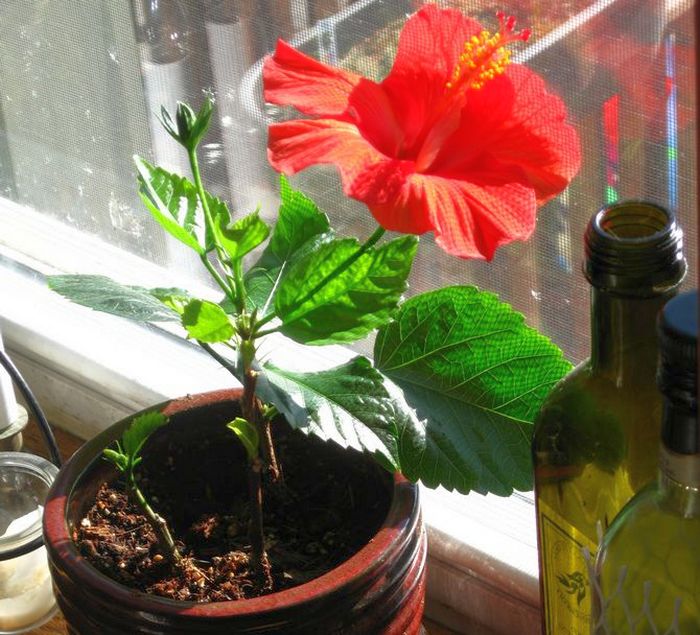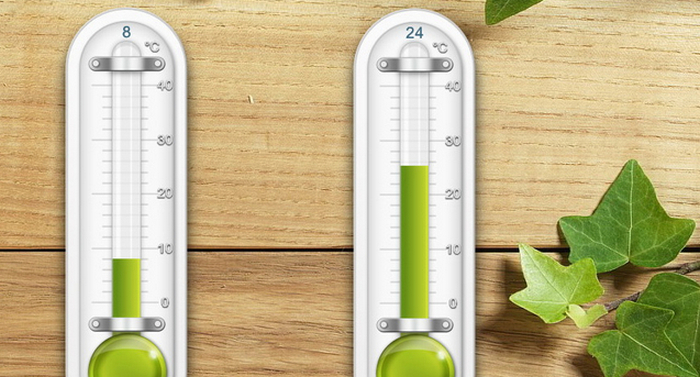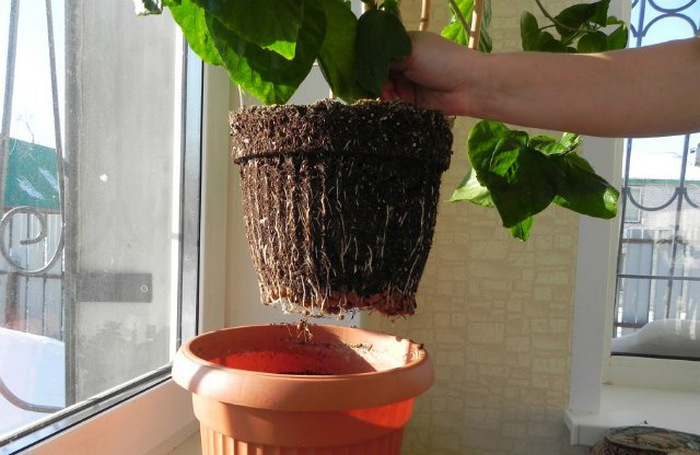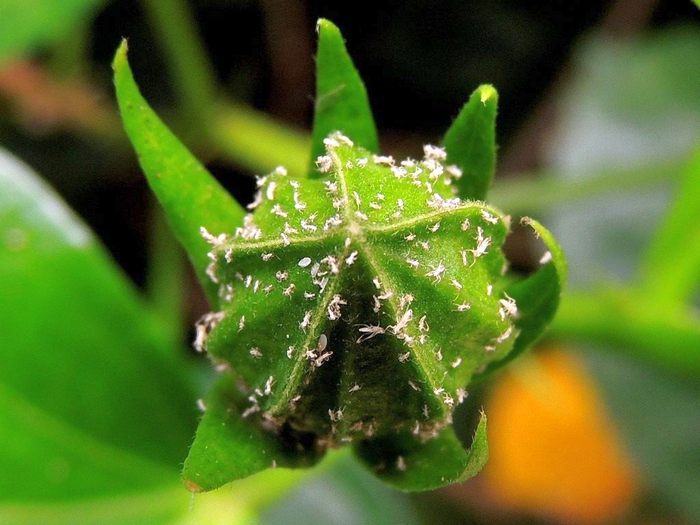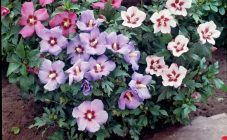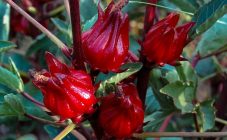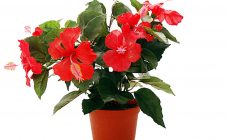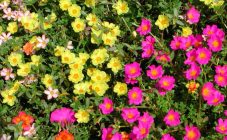Content:
Terry hibiscus is one of the brightest representatives of the genus. It has a visual resemblance to the Chinese rose, but upon closer inspection, you can notice the multi-layered nature of its petals - this is their main difference. It is this feature that makes the plant extremely unusual.
For all its irresistibility, hibiscus cannot be called spoiled - it does not require special care, certain conditions and grows at home without any problems. What is terry hibiscus, home care and recommendations can be found in the publication.
Description of the plant
There are many varieties of hibiscus. There are about 250 types of them. Some of them are intended for gardens and yards, and some can only decorate rooms.
Terry hibiscus is versatile. This bush is always juicy green, although its leaves sometimes fall off, it can grow both on the street and in the house. Both the Syrian street flower and the indoor flower are tall in themselves (can reach 3 meters) with smooth stems on which the leaves are petioled. A large bright bud blooms, as a rule, for a day, after which it turns into a kind of box, inside which seeds are hidden.
Terry hibiscus is a variegated flower. It belongs to the Malvov family and differs from the others in the variety of colors and sizes of the flower itself, which sometimes reaches 15-20 cm. Terry, because many petals are collected inside one flower, all together they create the impression of "terry".
Popular shades of this variety:
- hibiscus pink terry;
- hibiscus red terry.
Today you can even see orange terry hibiscus, which is rare, but, nevertheless, amateur flower growers have already managed to acquire it.
How to care for a flower
In order for the plant to please the eye, some rules must be followed.
- Choose the right place.
The biggest danger to an indoor or garden plant is the bright sun with its direct rays and excessive drafts. The best for hibiscus will be windows that face west or east, because there the plant will not fall under the scorching sun.
In summer, you can take it outside into the garden, avoiding windy places, or simply often ventilate the room in which the plant stands.
- Monitor lighting.
In summer there is a danger of sunburn, so it is recommended to remove the pot from the window or shade it, creating diffused lighting. Yellow terry hibiscus is especially sensitive to light.
The winter period is the time when it may even be necessary to “light up the life” of hibiscus.
- Follow the recommendations for watering.
Like many other flowers, hibiscus needs good watering during the period of budding and flowering, which should not be excessive. To avoid this, it is recommended to take pots with special holes through which excess moisture will evaporate, and put a good layer of drainage on the bottom.
You also need to ensure that there is no water in the container under the flowerpot; it must be poured out half an hour after watering. Excess moisture is a threat to the root system.
- Regulate temperature readings.
Terry hibiscus loves warmth. In order for it to grow actively and not to have problems with flowering, you need to maintain the temperature in the range from 18 to 25 degrees.
A drop below 9-10 is fraught with loss of foliage. In order for buds to form on the bush, the "correct" temperature is also needed - an interval between 12 and 17 degrees.
For this reason, from late autumn to early spring, a warm, dark place will be ideal for a plant, then it will be abundantly blooming and strong.
- Fertilize.
In order for terry hibiscus to delight longer with its beautiful flowers, one must not forget about monthly nitrogen feeding. Complex fertilizers such as "Rainbow" or "Ideal" will not be superfluous.
Transplant features
While the hibiscus bush is small, it is recommended to replant it every spring, gradually increasing the volume of the flowerpot by several centimeters. An adult plant does not require frequent transplantation (no more than 1 time in 4 years) and will feel comfortable in a pot with a diameter of about 40 cm.
When choosing a soil for your pet, you need to remember that he needs a neutral acidic soil of approximately the following composition (the number of parts is indicated): 4: 3: 1: 1 - sod soil, deciduous soil, sand, humus. Charcoal or peat substrate can be added for nutrition.
Breeding methods
To breed terry hibiscus, you do not need special knowledge and skills. Any novice gardener can do this. You can propagate a plant in the following ways:
- seeds;
- cuttings;
- air layering.
Cutting consists in cutting off the top of a branch with several buds. The right time is late spring or early summer. This must be done with a well-sharpened knife, the cut must be oblique, so the cutting will receive more nutrition. In order for it to start, you need regular moistening of the ground and top spraying, and a greenhouse effect is also required (do not forget about airing). During the entire rooting period, the temperature is maintained within 25 degrees.
Seed reproduction has its own characteristics. A short step-by-step instruction looks like this:
- Sowing time is mid to late February.
- To improve germination, hibiscus seeds should be soaked in a growth stimulator for about 15 hours.
- Prepare the soil correctly, which should consist of sand and peat in a 1: 1 ratio.
- The container with soil is preheated by sprinkling with hot water.
- The seeds are laid in shallow grooves and slightly covered.
- When small hibiscus bushes appear, they will need to be transplanted into separate small containers.
Pest and disease control
With proper care, hibiscus has a long flowering period. But no one is immune from emergencies. When the plant begins to weaken unexpectedly and leaves fall off, the bush should be examined for pests or signs of disease.
Terry hibiscus is attractive to aphids, spider mites and whiteflies. If the soil of the plant dries up, the room is not ventilated, then it weakens and becomes vulnerable to pests. If the attack could not be prevented, then it can be defeated by spraying and washing the foliage with a solution of soap or special chemicals. It will not be superfluous to change the soil and transplant it into another pot.
Root rot appears due to over-watering. To avoid it, you need to monitor the moisture content of the soil and do not overfill it. In winter, it is better to reduce the amount of moisture.
Rescue actions when rot appears will be fungicides, transplantation and removal of affected areas.
Terry hibiscus is one of the few flowers that can savor and delight all year round with its large, bright flowers. You just need to properly care for it, and everyone can do it: both experienced flower growers and a simple lover of flora.
